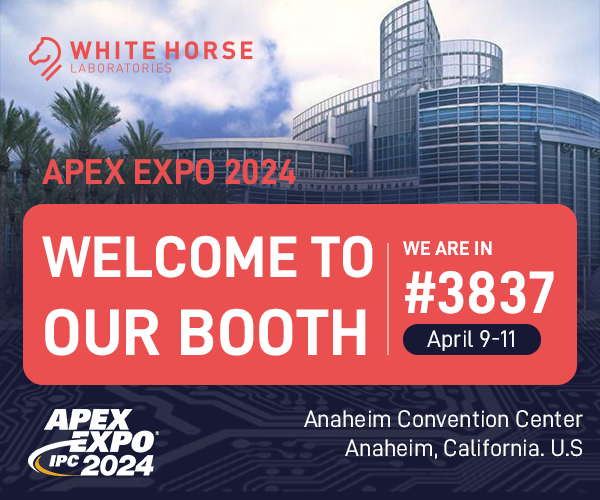Purchase Price Variance (PPV) – Five Pitfalls You Should Know
By Howell Wang, Insight Solutions
Have you experienced situations where prices are changed drastically, and you have no choice but pay Purchase Price Variance (PPV) to catch shipment? If yes, you know well how frustrating it can be.
Are there better ways to prevent and solve the problem? Here are some common pitfalls and useful practices you may want to consider.
Cost breakdown is not transparent
Some suppliers may offer a tempting price without cost breakdown details; however, once engaged, the price is up largely out of plausible reasons, and you are put in a very difficult position to negotiate for lacking sufficient data. Therefore, it’s very important to get cost breakdown before awarding business to suppliers; this is helpful in understanding price assumption – each component price, direct-labor and in-direct labor rates, manufacturing cycle time, test procedures and time, manufacturing overhead, logistics cost, profit, etc. You can verify PPV against the breakdown if any changes.
Lack of materials planning
Most of the PPV is generated from spot buy to solve materials shortage issue, in some cases it’s necessary and reasonable, still, you can reduce the risk through professional materials planning and strategic sourcing.
Sit down with the supplier, look into whole project milestone to go through all materials lead-time, focus on long lead-time parts; you can purchase that by yourself or work out a strategic plan with them or their distributors to reserve some buffer stock or capacity for you, at least prepare raw materials to shorten lead-time; if you are not certain with some components (may change later), do risk buy with limited quantity is a good way to reduce the risk.
No PPV control documents and procedures
No documented PPV means you may be mistakenly over charged. Before working with the Contract Manufacturer, it is essential both sides agree a PPV claim principle in written, ideally put that as one of the clauses into Manufacturing Service Agreement (MSA).
In normal practice, PPV report is reviewed before it actually takes place, weekly review will help you to identify PPV risks, analyze the root cause and figure out what actions can be done in advance.
Non-attention on price scenarios
Usually there is significant variance of materials price based on different scenarios; when releasing Request for Quote (RFQ) files to suppliers, if you don’t specify quotes based on quantity range, detailed specification requirements for different SKUs, delivery and payment term, you almost give suppliers the opportunities to change prices afterwards.
Conversely, if you understand the relation between different variables, it’s much easier to validate PPV by checking details.
No efforts made on PPV rebate
At times, actual materials purchase price is lower than the standard price, and the Contract Manufacturer is likely to keep it as their own profit if you are not aware of this and don’t actively take efforts to track, monitor materials price trend; in other cases, if materials price is driven down through re-design, re-engineering or commercial efforts, you are eligible to be paid back for the PPV.
Some Contract Manufacturers may actively find cost reduction opportunities, they may request to enjoy the first 12 months to get the PPV as profit, while you can request to get 50% from the 2nd year and 100% from the 3rd year as yours. This is normal practice in the manufacturing industry. If Contract Manufacturer makes joint effort to drive cost down, you may negotiate with them to share the profit.
What’s your story about PPV? We are happy to open discussions.














